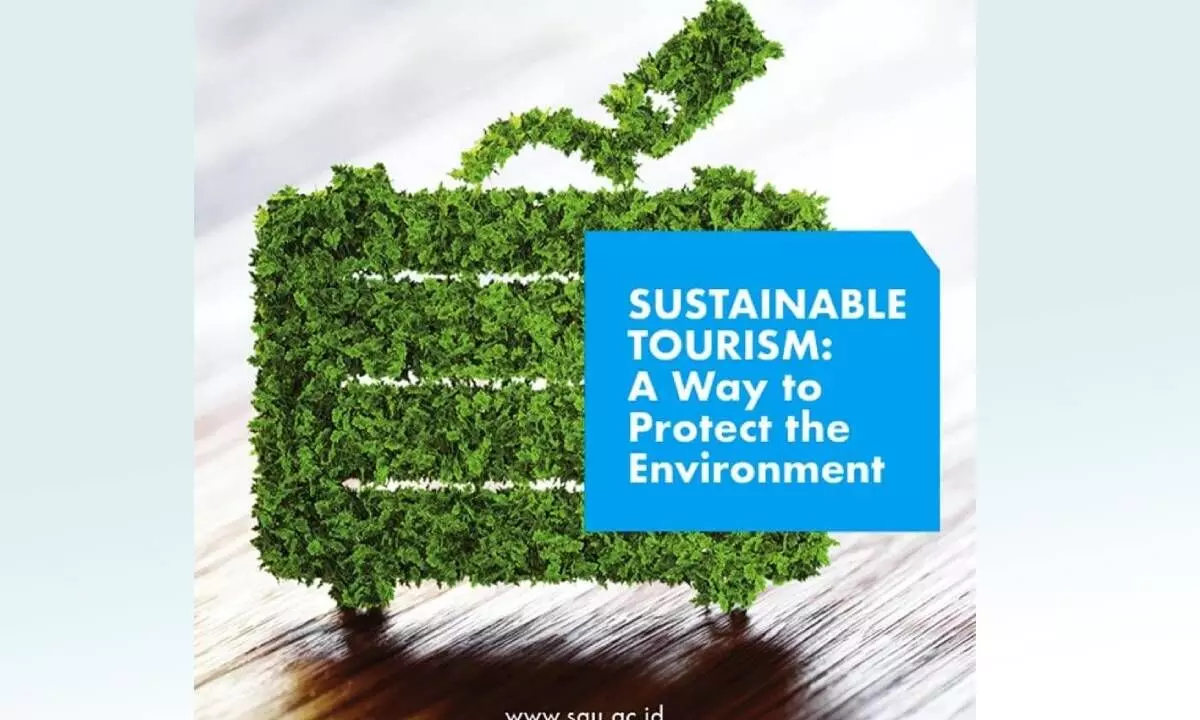Sustainability through tourism is a timely shift in focus
Destinations are shifting toward responsibly approaching tourism
image for illustrative purpose

The outlook for the global economy is expected to grow by 2.2%, with Asia delivering 70% of all global economic growth - India, China, Philippines and Japan leading the way. Though not out of the woods yet, inflation has peaked and will slowly come down in the second half of 2023 with the strengthening of many currencies in the region.
By 2024, most key market arrivals (US, China, Thailand, Australia) will reach 2019 levels; Asia Pacific’s total arrivals will reach 800M by 2025 - a 115.5% recovery rate. By March 2024, global air capacity is expected to fully recover, with 7/10 of the busiest international airports located in Asia Pacific.
Emerging and developing Asian economies are currently seeing a 5.3% GDP growth with 3.9% inflation compared to 6.9% globally; travellers are willing to spend on travel, but in new mindsets: being mindful in where they spend, more willing to spend when the process is made easy and one-stop, and keen on recurring spending. Though there are less people travelling, more spending has been recorded - India is now seeing huge increase in both inbound and outbound spending.
Destinations are now shifting toward responsibly approaching tourism rather than just sustainably - having a comprehensive roadmap to incorporate sustainability into all new developments, tapping into regional and community tourism with greatest respect to their distinct differences, and to be mindful about the impacts that tourism might bring.
On the rising popularity of “all-inclusive”, the simplest solution is to train and support the smaller local businesses to also become “all-inclusive” in their own distinct way to capture the increased interest in travellers looking for an “experience”. On the other hand, this trend is not entirely negative as destinations ultimately need to attract visitors to stimulate development.
Do higher-value travellers equal luxury seekers? Despite Tripadvisor seeing interest in higher-spending experiences, they are not necessarily looking for the literal “five-star” experience. Rather, they are looking for the “high quality” that will improve their overall experience.
The master plan to drive higher tourism is ultimately for the private sector to package the same products differently to fit in what the public sector has envisioned for the direction of development. Travellers are now showing a greater tendency to book directly, giving suppliers more opportunities to market their “repackaged products” and explain why they do what they do, for instance, why sustainability comes with an extra price.
Opportunity for Indian market: The Indian market is incredibly propitious- current 30M outbound travellers only make up 2% of India’s total population, airports are expected to double by 2025, and domestic travel is expected to exceed 2019’s 2.3B, just to name a few. To capture this blooming market, businesses have to establish a unique proposition that resonates with Indians, be flexible to last-minute changes, provide them reasons to share online, and be prepared to meet their high expectations for all-inclusive support.
AI-driven tourism business: The next generation of travel planning and booking will invariable be voice interface (Siri) plus conversational abilities (ChatGPT). Using ChatGPT, you will be able to provide answers to consumers in a timely manner, promote your business and destination in your preferred style that aligns with your plan.
Conquering post-Covid challenges: Social media has been one of the most helpful tools when confronted with a crisis. It is both readily available and highly accessible. With social media, it also provides transparency through its ability to enable two-way conversations. Above all these, it is essential that crisis managers instill confidence among stakeholders that what the team is doing and what the team is capable of are appropriate for the situation.
A successful partnership should be inclusive- benefitting different stakeholders in the community and includes grass-root level stakeholders that are at the heart of the issue that needs to be addressed.
To discover the working of a partnership, a good analysis of the market and stakeholder is important, as well as keeping a record of delivering results. It is also crucial to keep in mind that a good partnership should not be a “one-side-provide-all” relationship; rather, expectations should be established to fully leverage the different dynamics among all stakeholders in the partnership.
Working with influencers: Influencers, who rather refer to themselves as content creators, are people who are passionate in a niche and have followers who trust them in that genre. For brands that are looking to leverage influencer marketing, it is important to reach out to those who can match your sponsorship to their brand seamlessly to make the collaboration more convincing.

